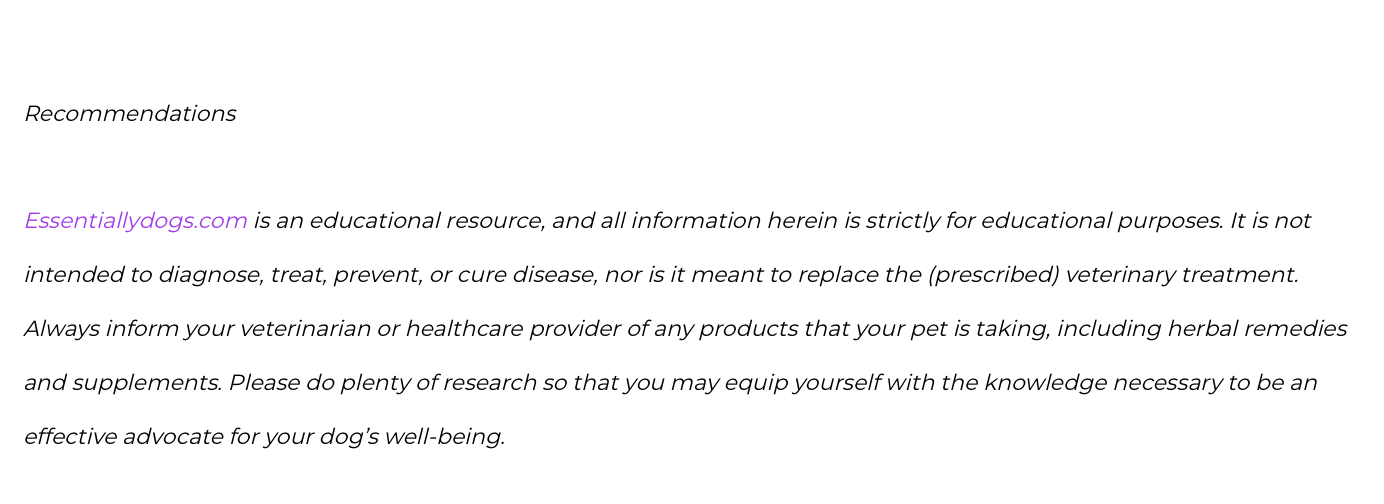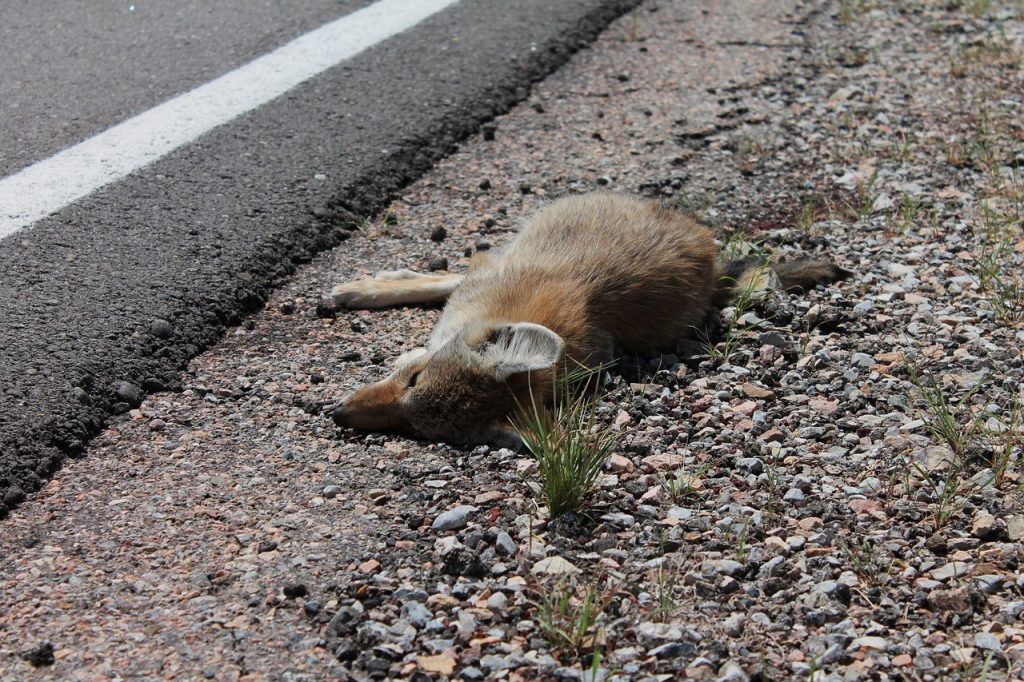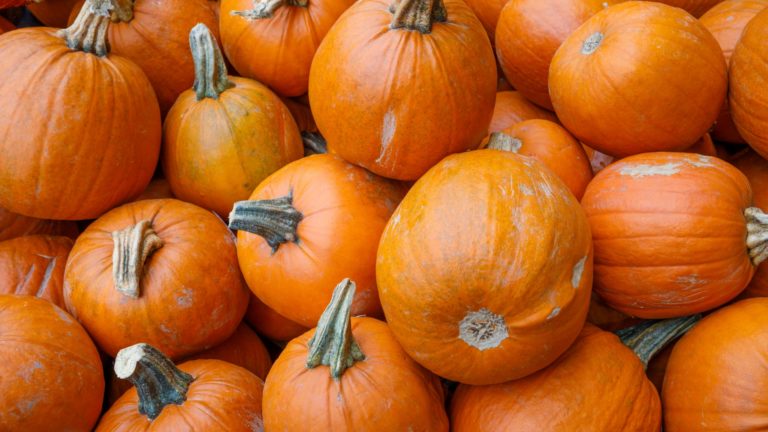I put that image of the fox up there for a reason. The majority of commercial pet food industry has been using 4-D animals to make the food that we feed our fur babies.
4-D Stand For:
– Diseased (including rejects from FDA inspected facilities that are not permitted for human consumpion)
– Dying
– Down (because of a broken leg, sickness, or refusal to stand)
– Dead (including euthanized pets, road kill…)
3-D meat contains three of the above sources while 4-D meat contains all four. These meats are often present in commercial canned food as well as kibble.
Where are 4-D animals Found?
4-D animals come from animals are not slaughtered. They are found dead in fields, feedlots, poultry barns, and they are road kill. They are diseased or disabled animals. They are euthanized animals (including our pets). Hmmm… Could that be why Evangers pentobarbital-contaminated product contained horse meat??? Merely a thought- no accusations here.
4-D animals are disposed in rendering plants. They are defined as “adulterated” by the Federal Food, Drug and Cosmetic Act (FFDCA) to be included in any food (that includes pet food). The use of 4-D ingredients in pet food is a clear-cut violation of the law.
What are indications of the likelihood of rendered ingredients?
Illegal 4-D waste in our pets food frequently appears on labels using several names. Any ingredient that does not disclose the species (e.g. beef, lamb, etc.) from which it came is a flag. Another one is tallow which is a fatty substance from rendered animal fat. I will simply state that the following ingredients might indicate the presence of 4-D ingredients in pet food.
Terms to watch out for on the Ingredient List:
-meat and bone meal
-by-product
-by-product meal
-animal fat
-animal digest
-natural flavors (a term that includes animal digest)
Are there issues with rendering plants?
Listen, I must first state that rendering plants are a necessary evil. They break down waste and refuse that cannot be processed in alternative ways. Where else can those things go? I really don’t know if there are any options. Unfortunately, there are concerns regarding rendering plants.
Valley Proteins Incorporated is a meat rendering plant that designed to render ingredients that are used in pet food. Feel free to check out their website. Susan Thixton wrote an article, This is What FDA and Department of Agriculture Considers “Food” in which she described Valley Proteins rendering plant. In her article, she included pictures from people who live close to the plant who have been complaining about the plant. Their complaints fall upon deaf ears and nothing has been done about the issues (including the stench). Oklahoma City neighborhood looking for help to fight foul odors is a Fox25 news report that discusses this issue.
The images in the following link illustrate the types of protein sources that are used in producing commercial pet food. WARNING: The images from the following link are graphic.
One Pet Owner’s Rude Awakening
So… What happens to the 4-D meat?
The meat is denatured.
What the heck is denaturing?
Denaturing is what they do to the meat that isn’t meant for human consumption to prevent it from landing in the human food chain. Liquid charcoal is poured onto the meat (or some other product). The charcoal is safe for dogs to consume (or so they say).
In the following video, an AAFCO representative describes rendering plants and pet food ingredients.
The dangers of 3-D and 4-D animals for our Dogs:
We don’t want our dogs consuming an animal that is diseased, dying, down, or dead because we worry that the illness will transfer to our pets. Someone once told me that this isn’t an issue because very sick animals are turned away or don’t make it into the food chain for humans or animals. I think this is wishful thinking. There are too many companies that value revenue over customers, and it wouldn’t surprise me if they sell tainted products.
Sources:
| “4-D, For Shame. How FDA Breaks the Law and Sickens Animals.” Dirty Popcorn, Goodness Greatness Treats, 25 Apr. 2013, goodnessgracioustreats.wordpress.com/2013/04/25/4d-for-shame/.
Cross, Phil. “Oklahoma City Neighborhood Looking for Help to Fight Foul Odors.” KOKH, Fox25 News, 22 Nov. 2017, okcfox.com/news/fox-25-investigates/oklahoma-city-neighborhood-looking-for-help-to-fight-foul-odors. Thixton, Susan. “This Is What FDA and Department of Agriculture Considers ‘Food’.” Truth about Pet Food, Truth about Pet Food, 16 Mar. 2018, truthaboutpetfood.com/this-is-what-fda-and-department-of-agriculture-considers-food/. |









